Sue Ellen Hendricks reaches into a bushy row of green leaves and picks a lavender carnation.
“Here, smell this,” she says. “This is what a carnation smelled like in the old days.”
Even a double-layer face mask can’t block the spicy smell of cloves.
Decades ago, carnations filled the greenhouses of this Lititz flower shop. As most year-round cut flower business moved overseas, Hendricks continued growing flowers. What used to be common is now a novelty: carnations, calla lilies, dahlias and more fill arrangements made at the flower shop in front.
83 years of flowers
Hendricks’ Flowers opened in 1937 in Lititz, a new town for the family business of growing flowers in Bucks County. In Lititz, the family filled four greenhouses with carnations and chrysanthemums, most of which went to Philadelphia. Some were sold in the greenhouse’s small retail shop.
Today, Hendricks’ has six greenhouses, covering 33,000 square feet of flowers. The flowers’ destination has flipped. Most go into arrangements for the flower shop and a few find a home at florists in the region seeking rare local flowers, year-round.
Sue Ellen and her brother John are the third generation to run the business. Sue Ellen is the owner and John focuses on the crops. Their parents Bob and Bernie remain part of the team and are still in charge in a way, Sue Ellen says.
“They passed the business to me,” she says. “But they’re your parents, so you don’t really get to tell them what to do.”
Disappearing carnations
Bernie, the customer service guru of the business, likes to say Hendricks is the largest grower of carnations east of the Mississippi.
“Mom, we’re the only one,” Sue Ellen says with a chuckle.
The lack of U.S. carnation growers is clear when she explains how difficult it is to bring in new carnation cuttings. The growers moved, closed or consolidated until there was one grower left. That company closed more than a decade ago.
Importing carnations hasn’t worked because cuttings need to stay in quarantine for a year. The quarantine prevents the spread of diseases and pests. Yet a year in quarantine is a long time for a crop meant only to last one growing season.
So the scented carnations in Hendricks’ greenhouse are propagated from their own stock.
There was a grower on the West Coast with carnations that survived the quarantine period. After selling cuttings for just one year, that grower stopped sales.
There’s a new grower with carnations that made it through quarantine. He’s working on a small scale but Sue Ellen is hopeful.
“It’s a chance bring in some fresh product,” she says.
Although they can buy some flowers elsewhere to fill in the gaps for the retail shop, COVID-19 made the family want to grow more in their greenhouses. Their wholesalers shut down for weeks, cutting off the supply of extra flowers, Sue Ellen says. Months later, red carnations still couldn’t be found during the holidays.
75 cut flower crops
Decades ago, as Hendricks’ shifted from selling carnations and chrysanthemums wholesale to supply its own flower shop, the flowers expanded to up to 75 crops, depending on the season.
Just after the holidays, there are beds of calla lilies, spotted Asiatic lilies and oriental lilies. Sweet peas climb trellises. Trays of daffodils fresh from the bulb fridge see their first light of day.
It’s been harder to find carnation and chrysanthemum cuttings, so Hendricks’ is trying new plants.
One bed blooms with frilly-leafed pansies that are tall but not tall enough to be cut-flower pansies.
“We can get it to last two weeks in a vase,” Sue Ellen says. “But we still don’t get the stem like we need.”
They’re next to petunias that have the height to make it into an arrangment.
A group of salmon-colored Karma dahlias looks promising. They have extra lights to keep them growing through the winter months.
“They have beautiful, beautiful colors and amazing stem length for a dahlia,” Sue Ellen says. “I’m tickled with those.”
In another greenhouse, cut-flower poinsettias tower about 3 feet tall.
Unique flowers
Beds of eucalyptus, baby kale and dusty miller provide the filler needed in the flower shop and elsewhere.
Some of the plants end up in the arrangements of Local Color Flowers. Every flower found there is grown within 100 miles of Baltimore. Buying local minimizes the environmental impact of bringing in flowers from overseas, says owner Ellen Frost.
During peak growing season, she has a pool of 30 growers. During winter, that drops to 8-10 greenhouse growers, including Hendricks’.
Frost takes a four-hour round trip weekly to pick up what’s fresh. She likes having flowers a few weeks earlier than ones grown outdoors. She’s also a fan of the scented lavender lace carnations.
“In the floral industry, a lot of things look the same. People are buying a lot of the same stuff,” she says. “We’re able to offer our clients really unique products that nobody else has.”
The flowers also go to The Modest Florist, a flower shop that finds flowers within 125 miles from Baltimore. Buying local is more sustainable than buying grown overseas and the flowers are fresher, says owner Libby Francis Baxter.
While her weekly haul from Hendricks’ changes through the year, she regularly picks up calla lilies.
“They’re known for their amazing, giant calla lilies. They are exquisite,” Baxter says. “One of our local hair salons has a big display in their window. Every week, they have to have their giant calla lilies.”
The Link LonkJanuary 14, 2021 at 05:00PM
https://lancasteronline.com/features/this-83-year-old-lititz-flower-shop-still-grows-its-own-blooms-photos-video/article_ed9b285a-55bb-11eb-8e50-2beca3c9b45a.html
This 83-year-old Lititz flower shop still grows its own blooms [photos, video] - Fly Magazine
https://news.google.com/search?q=Flower&hl=en-US&gl=US&ceid=US:en
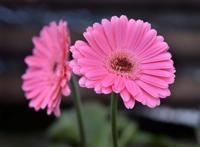

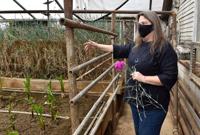
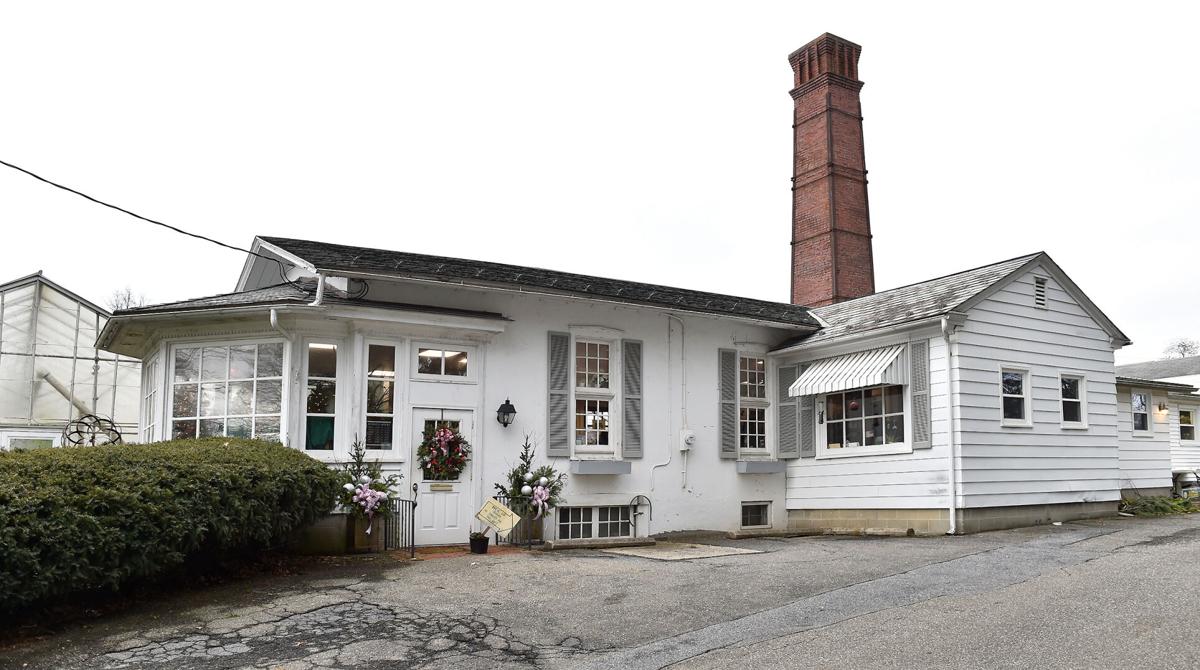
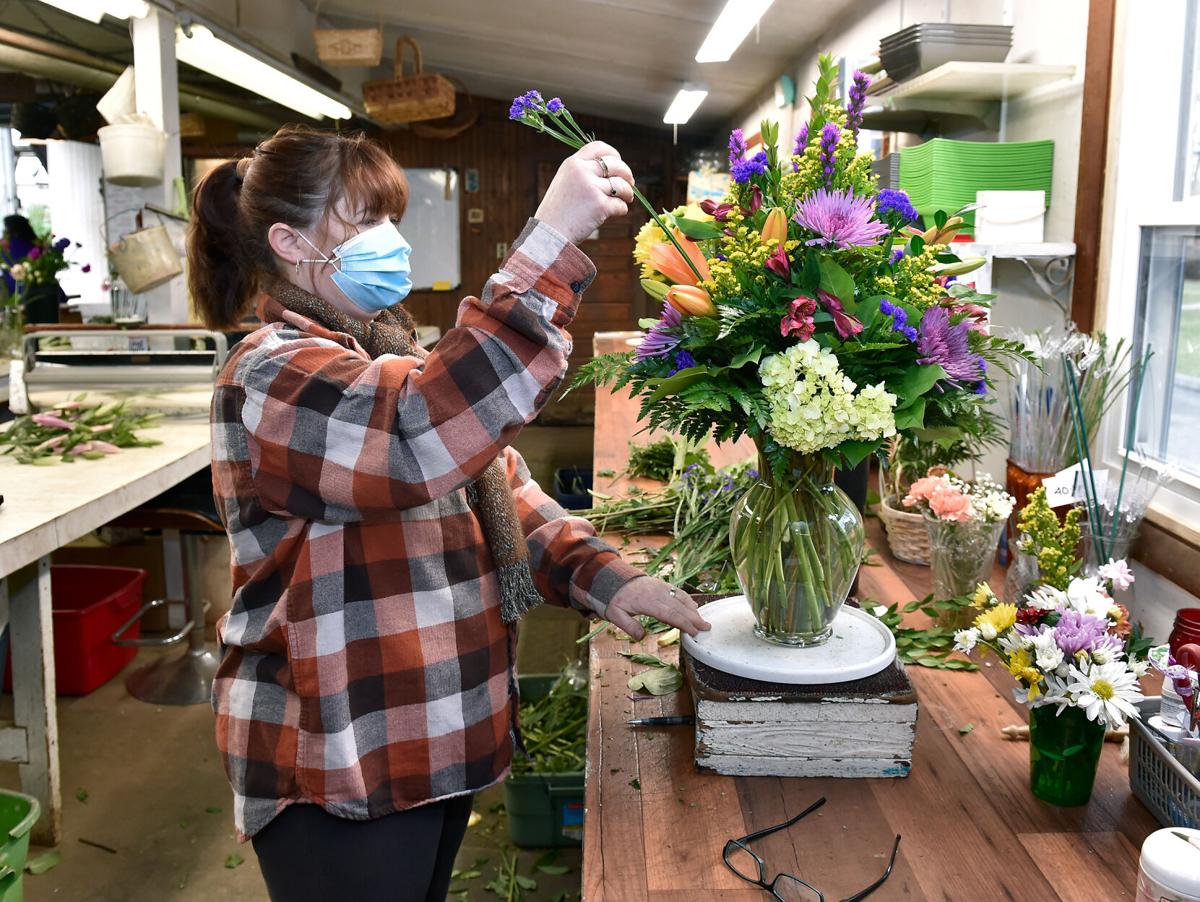
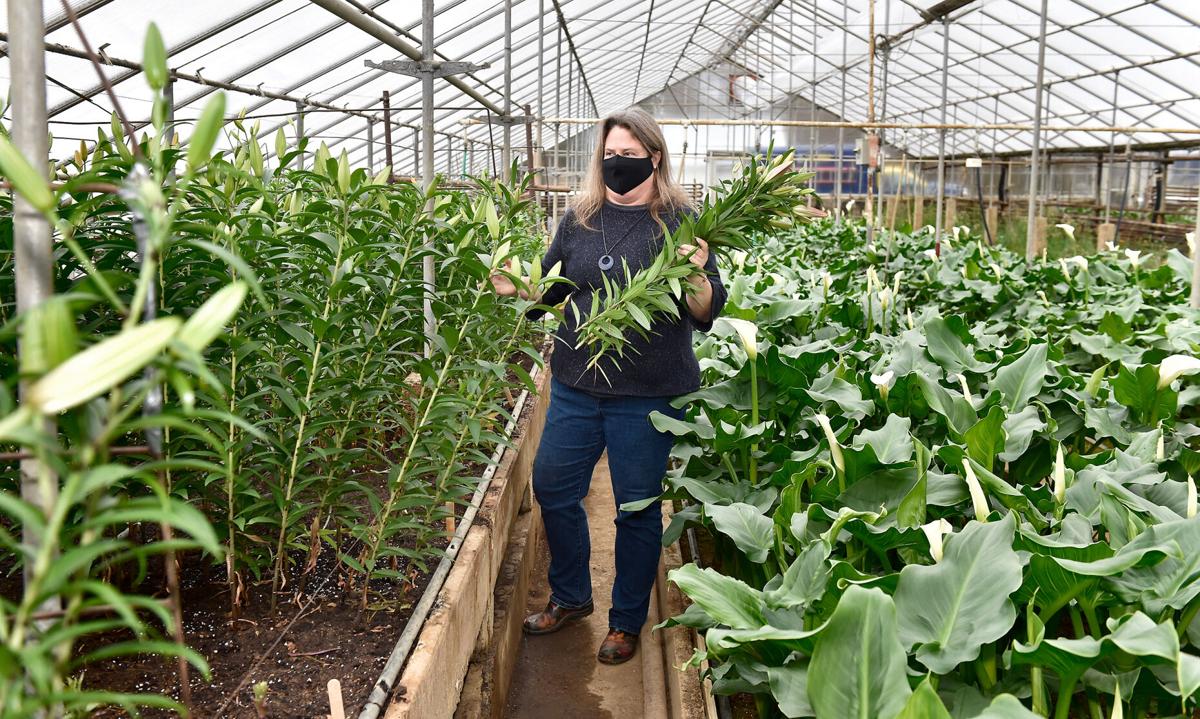

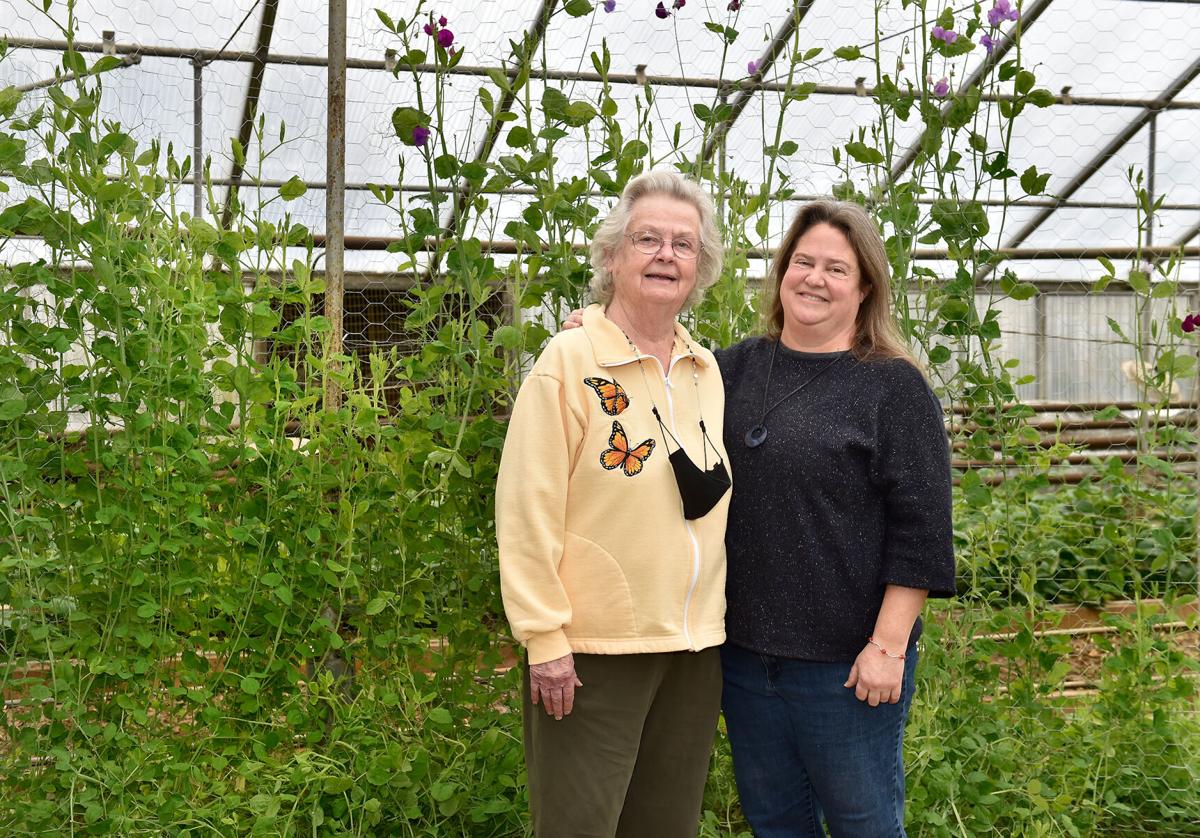
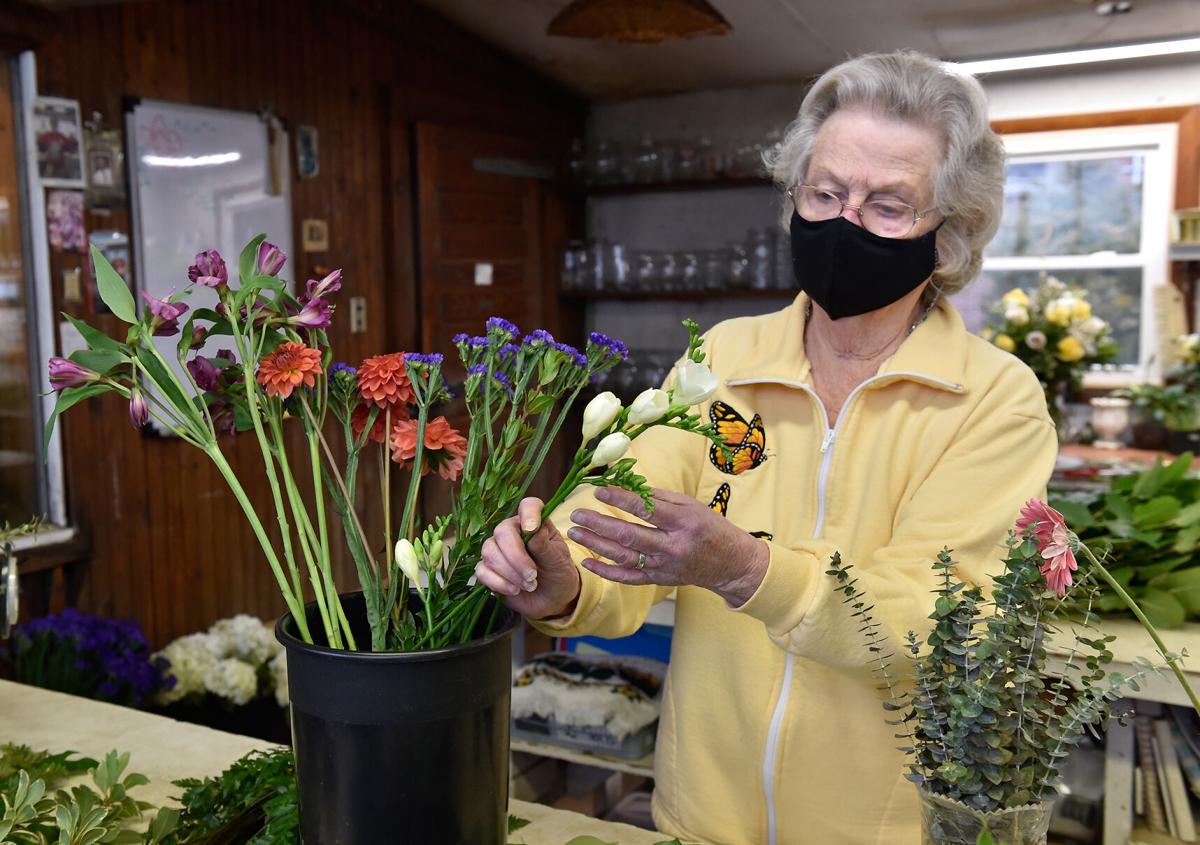
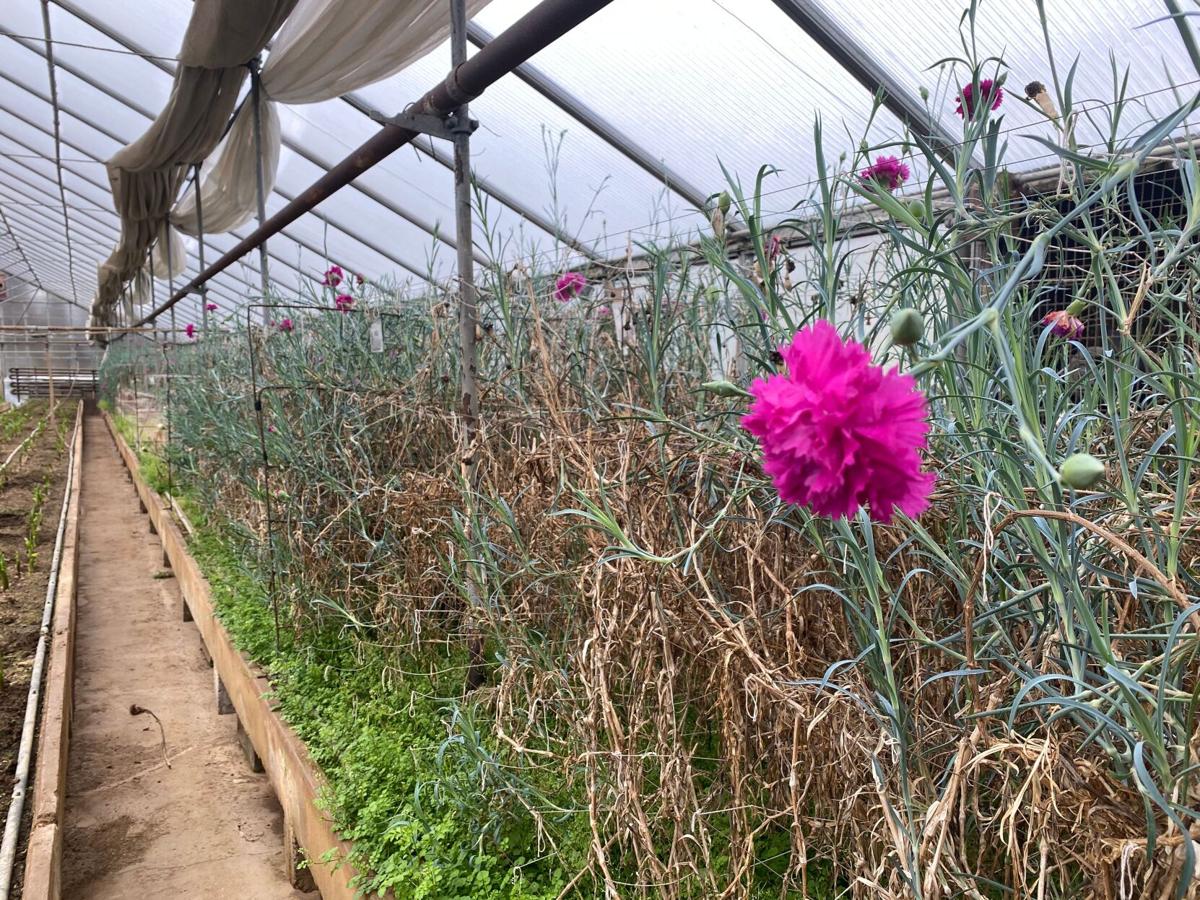
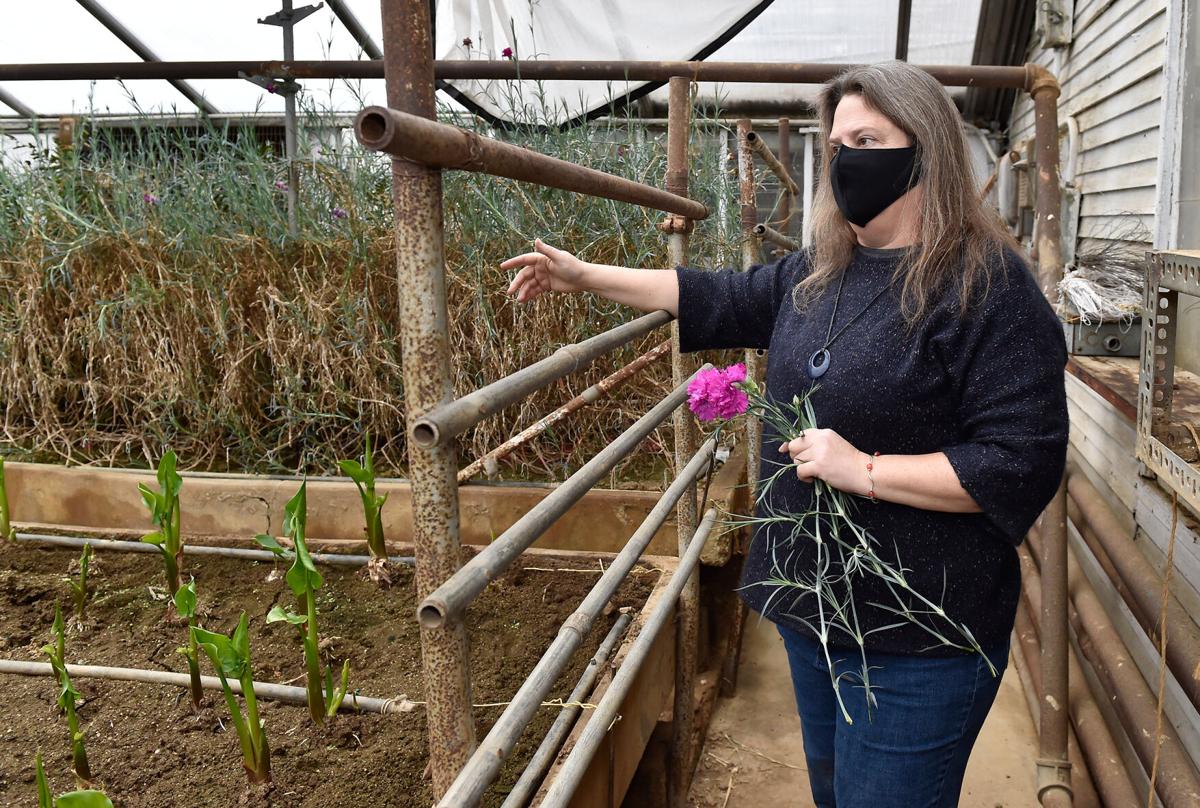
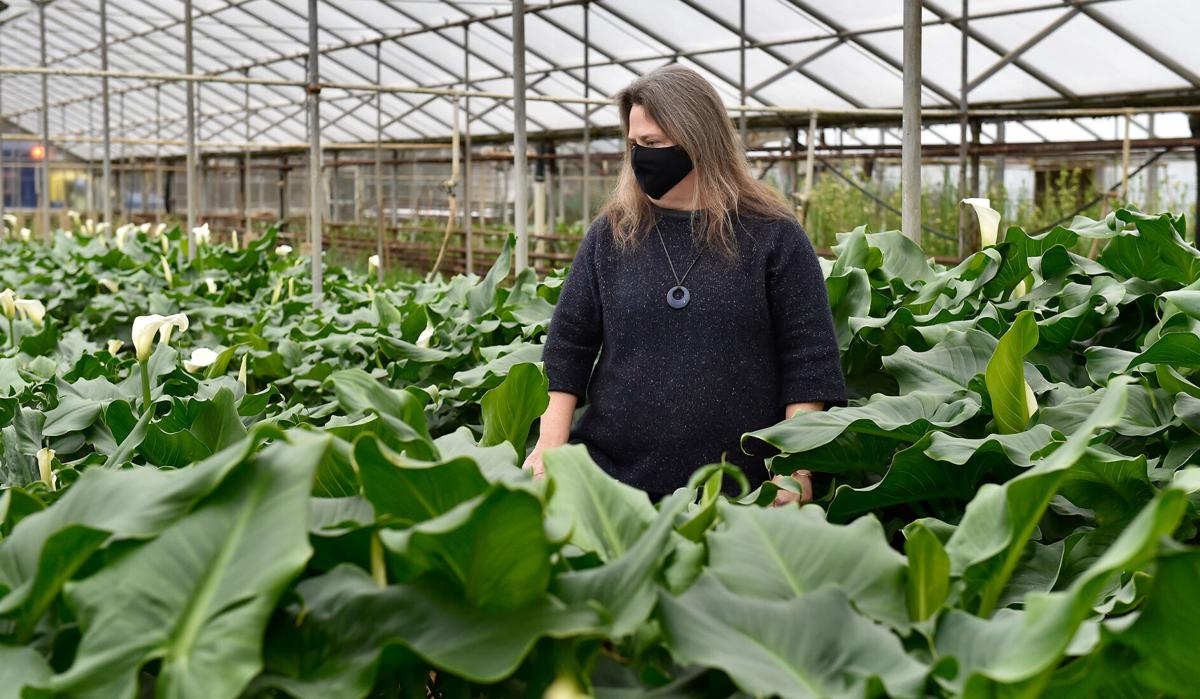
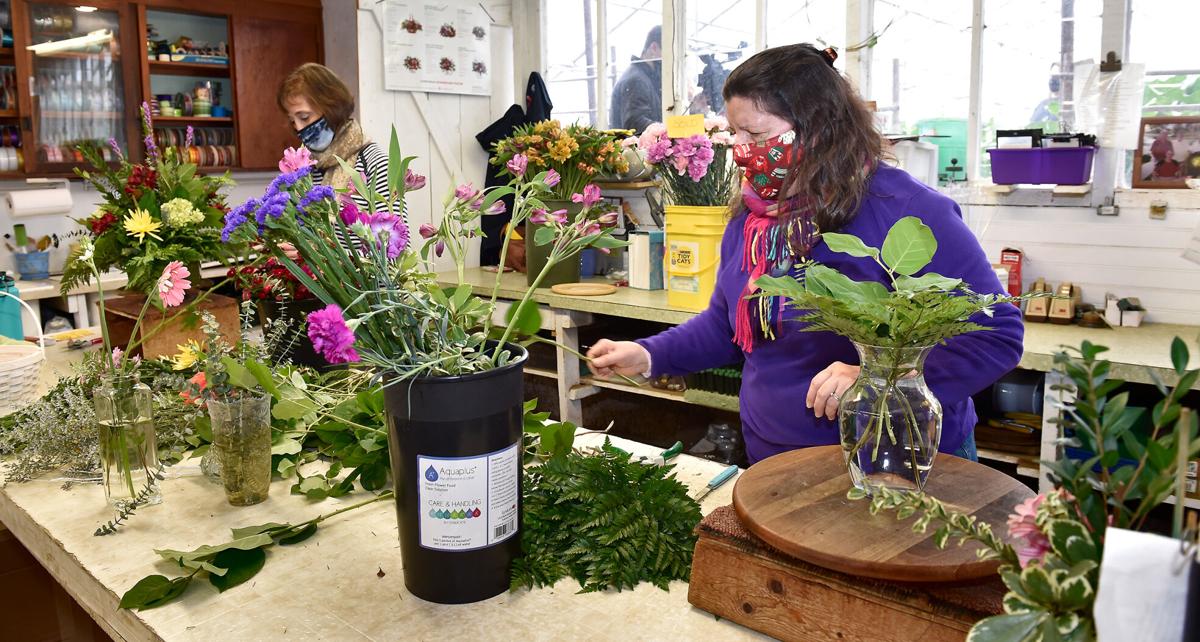
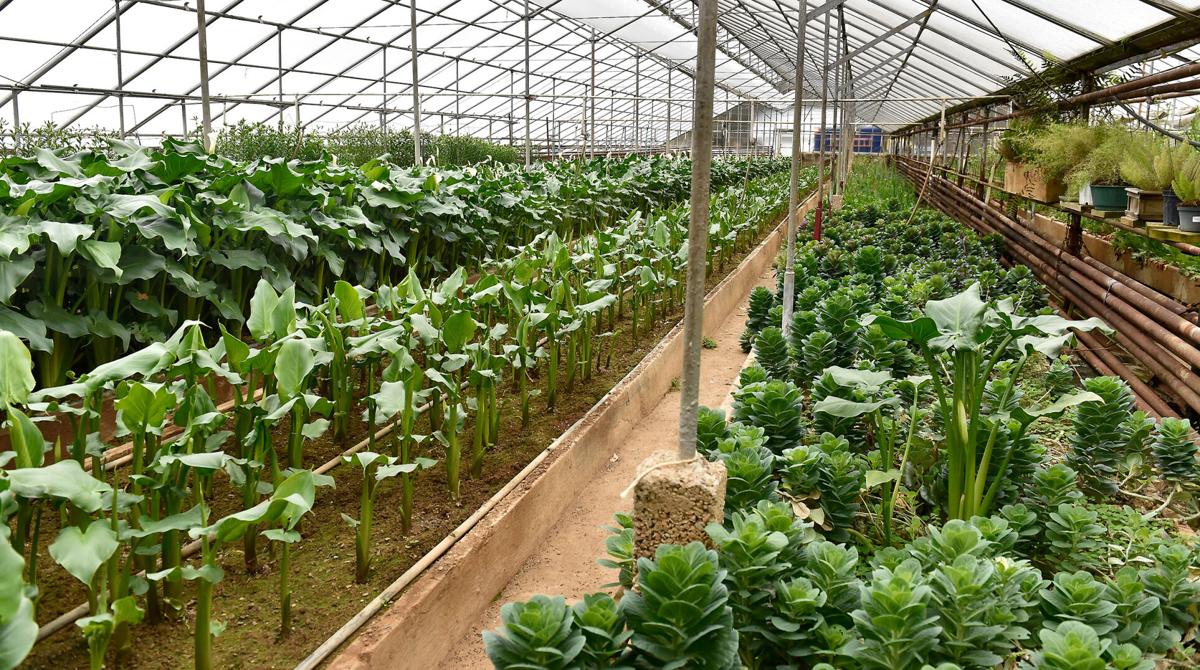

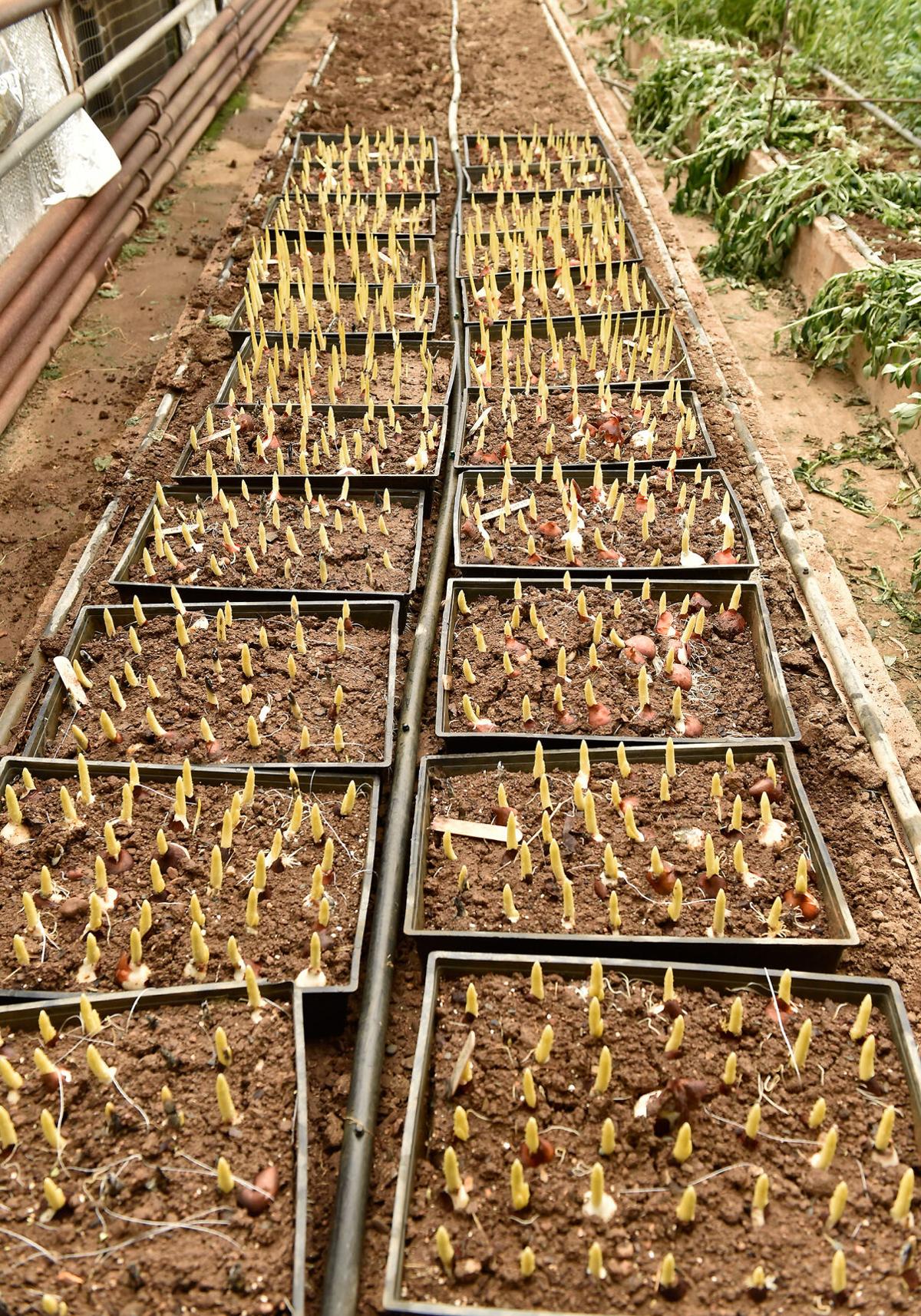

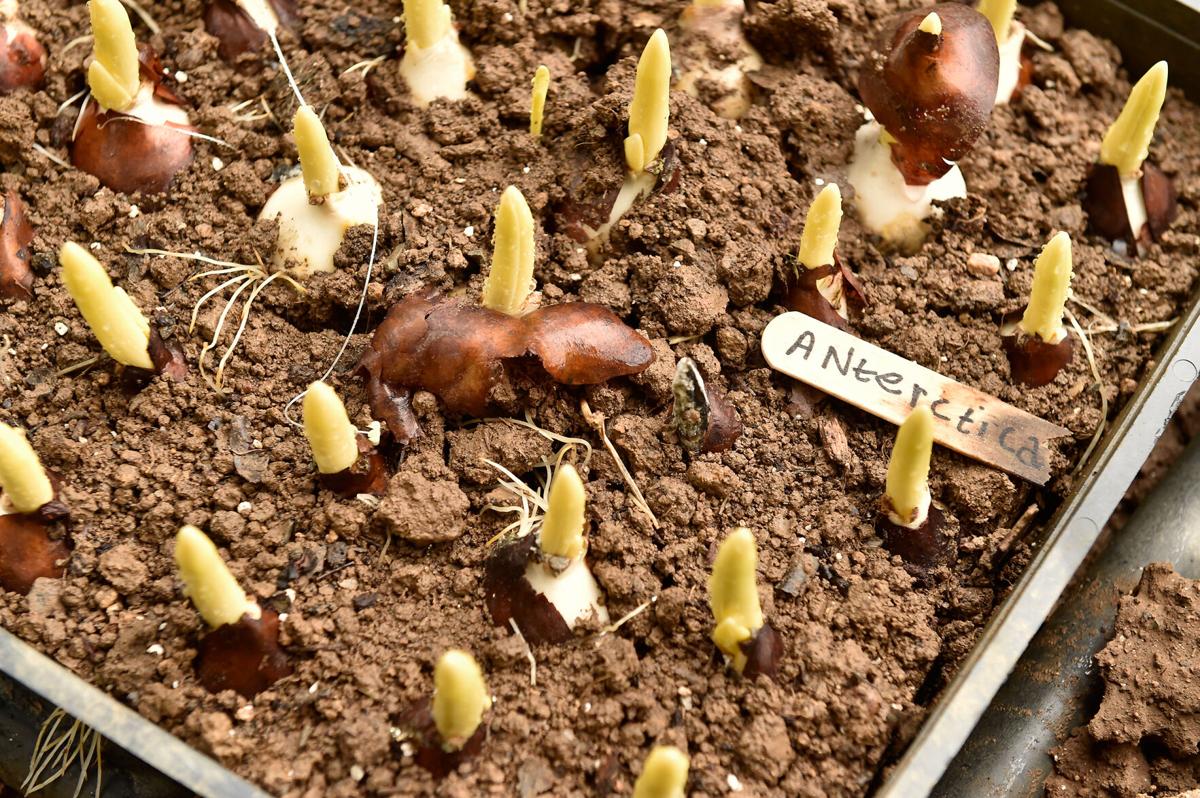
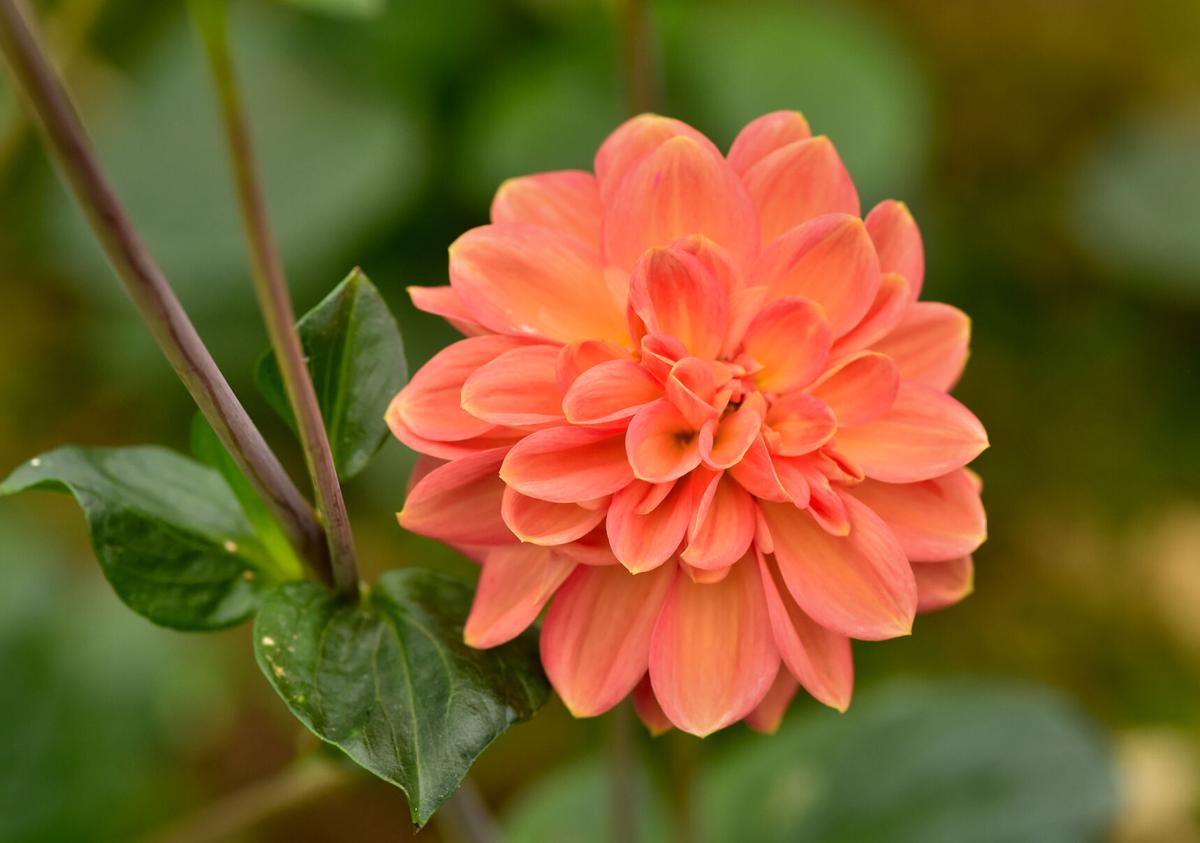
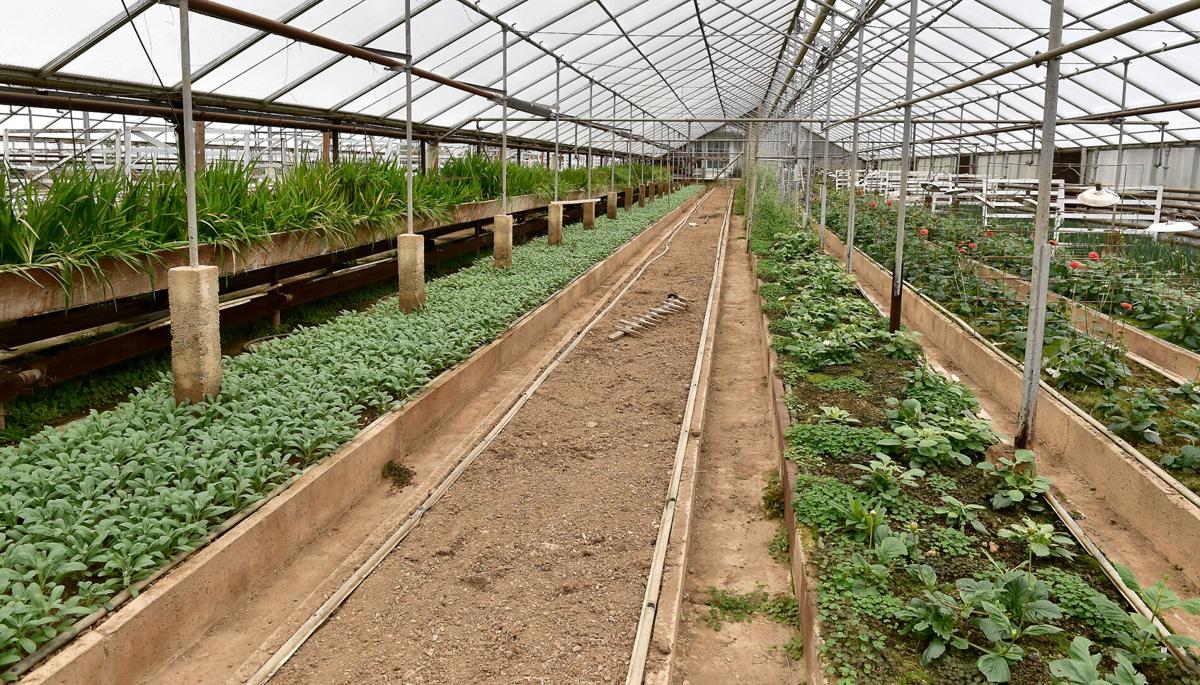
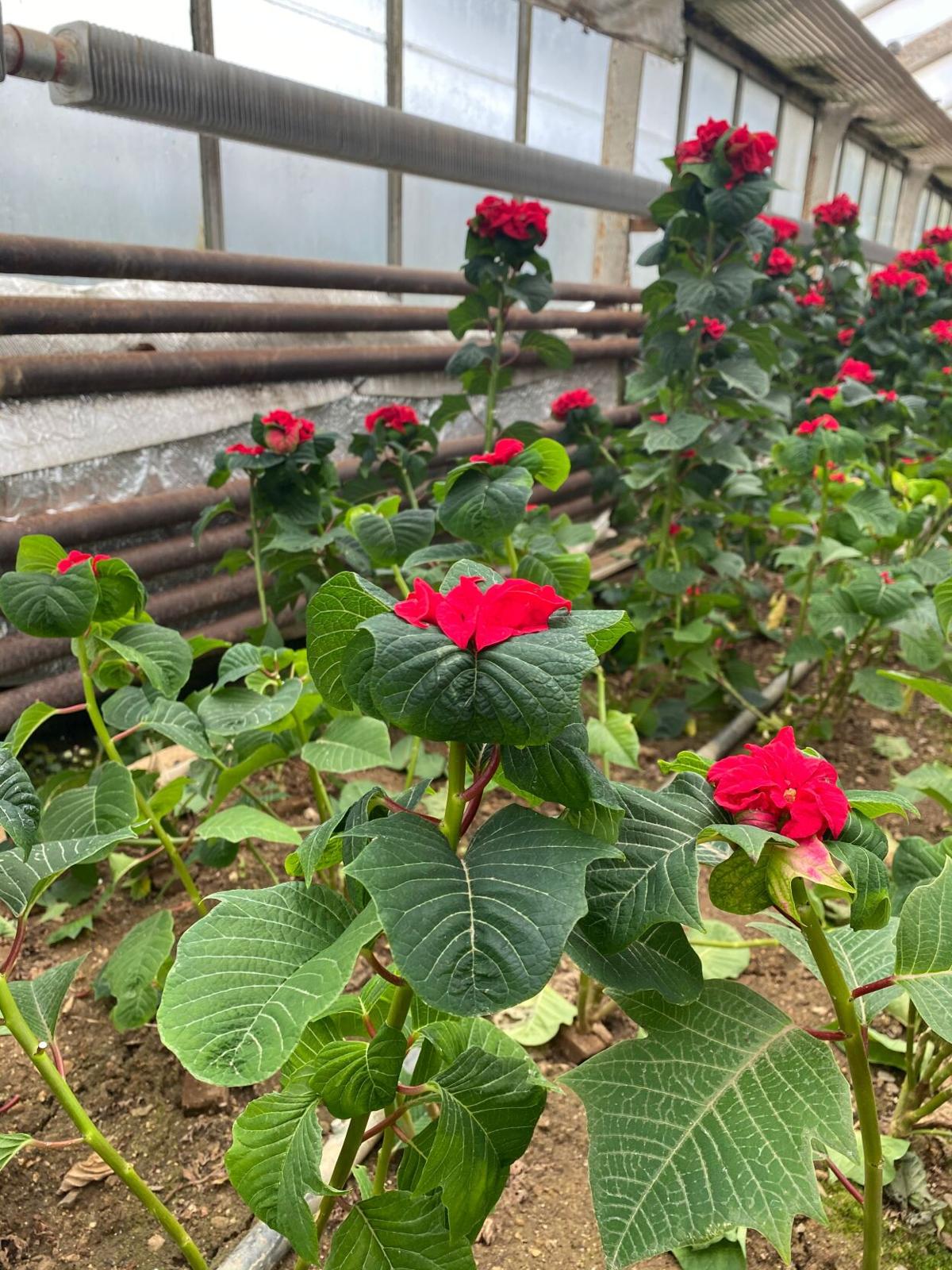
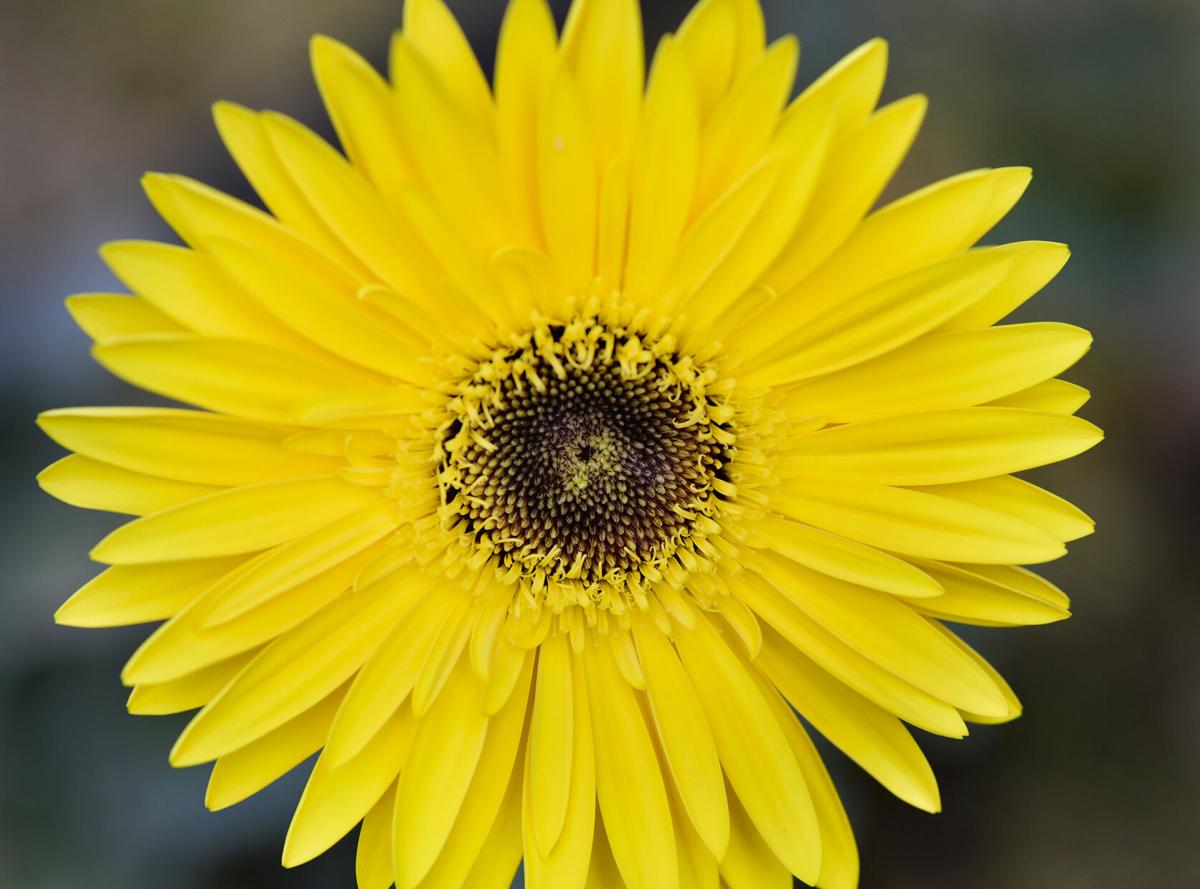

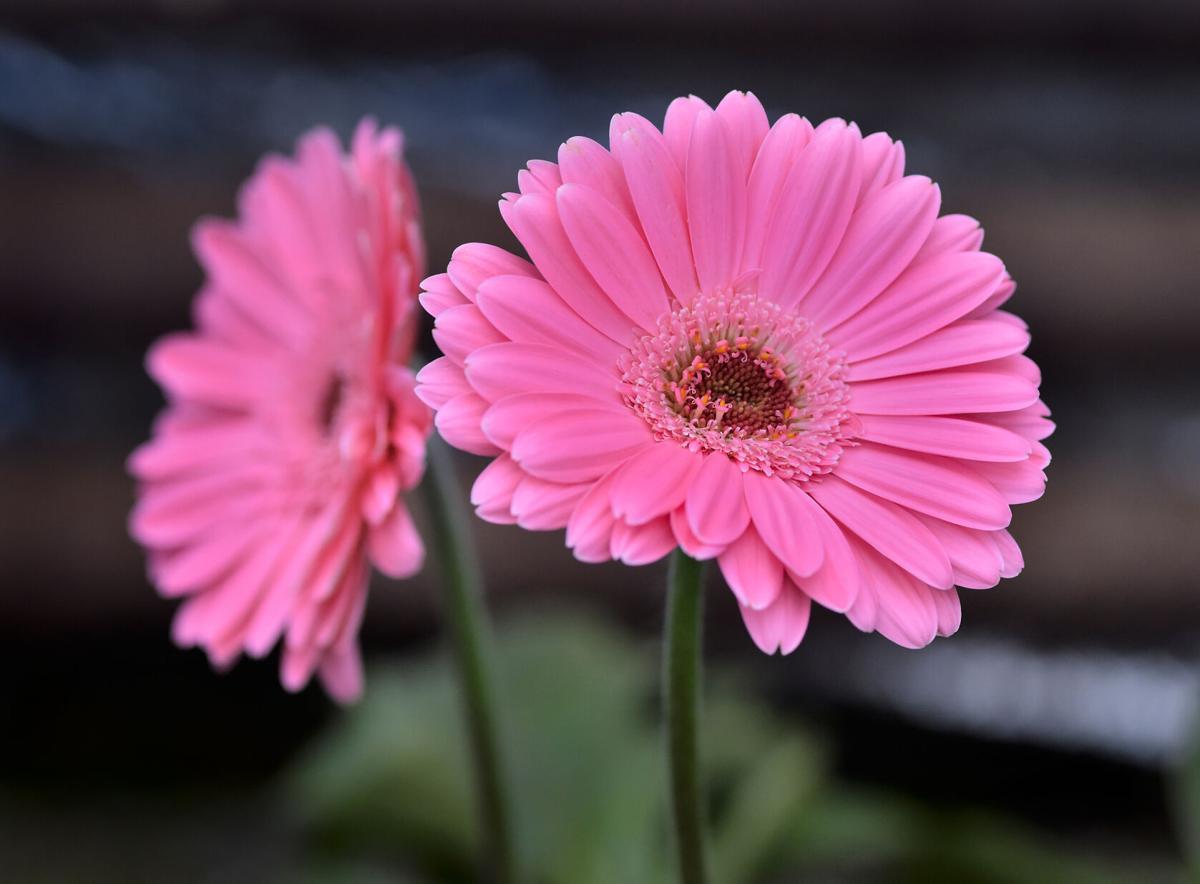
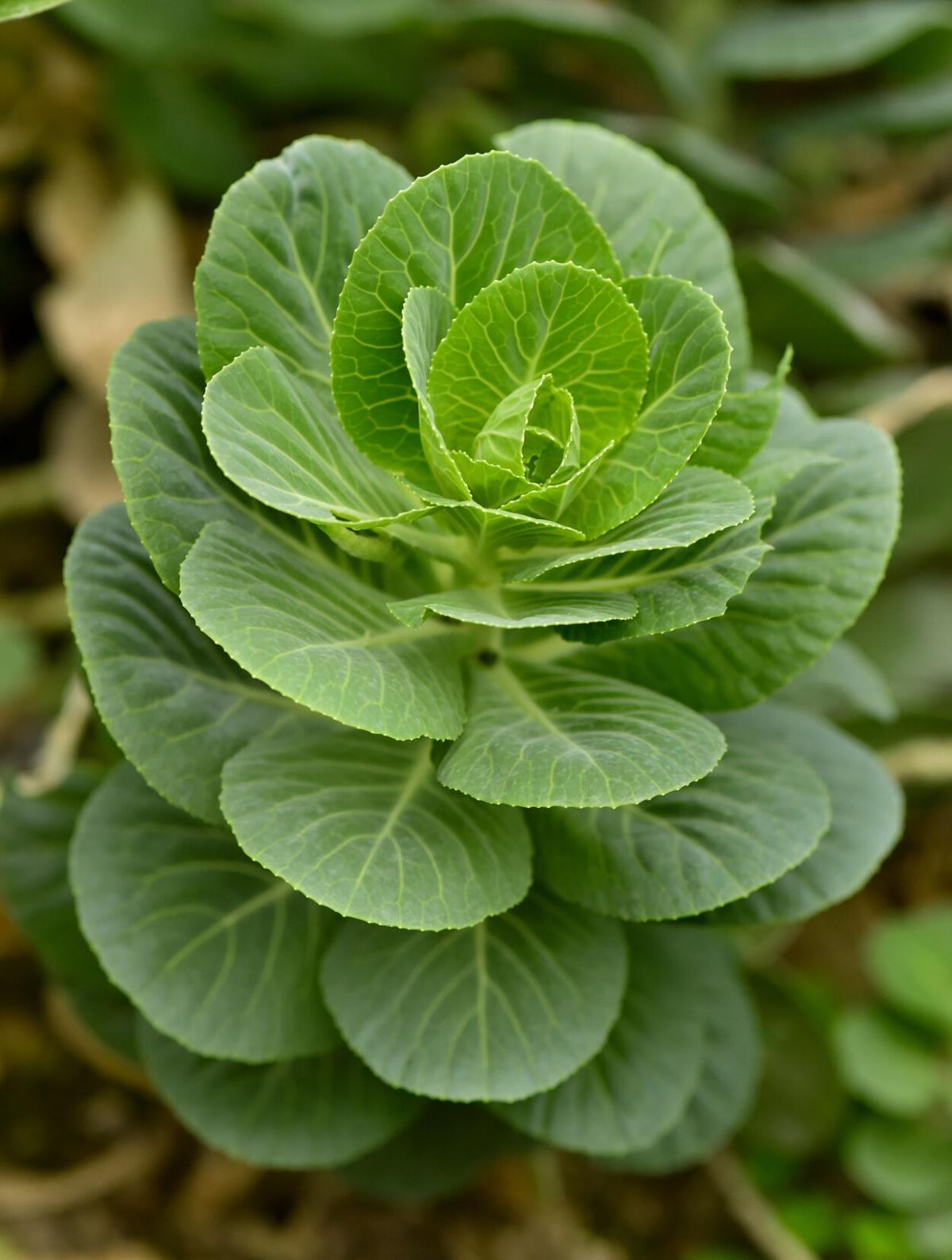


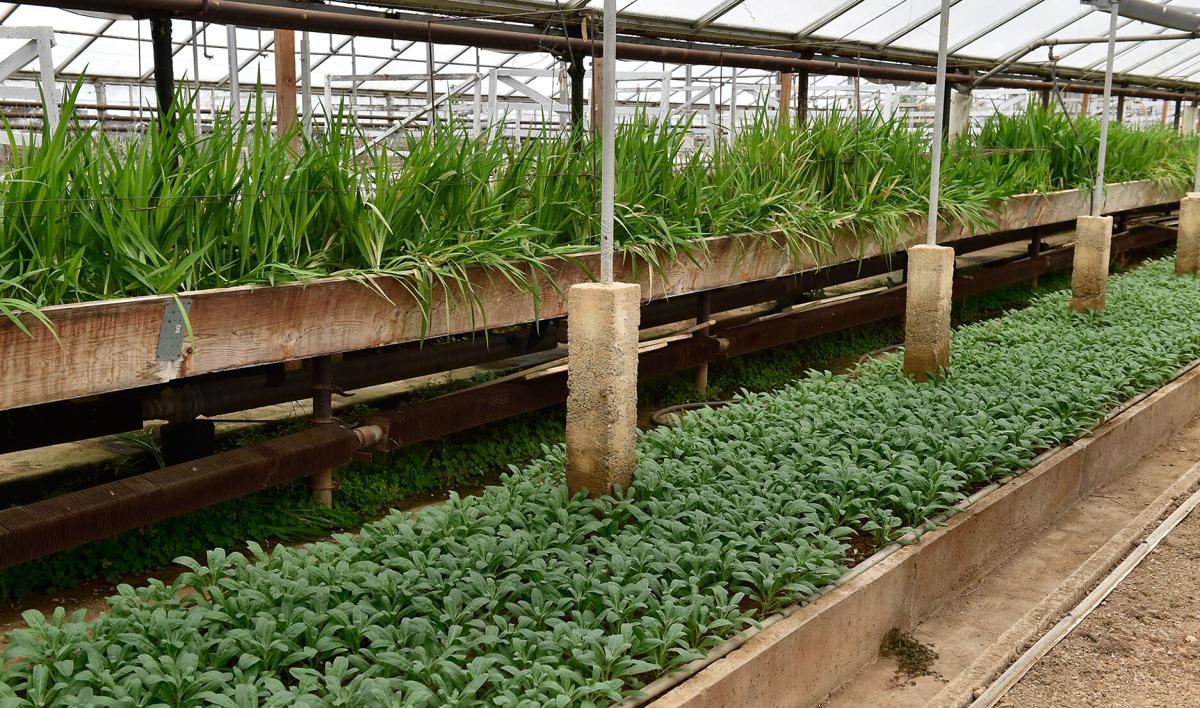
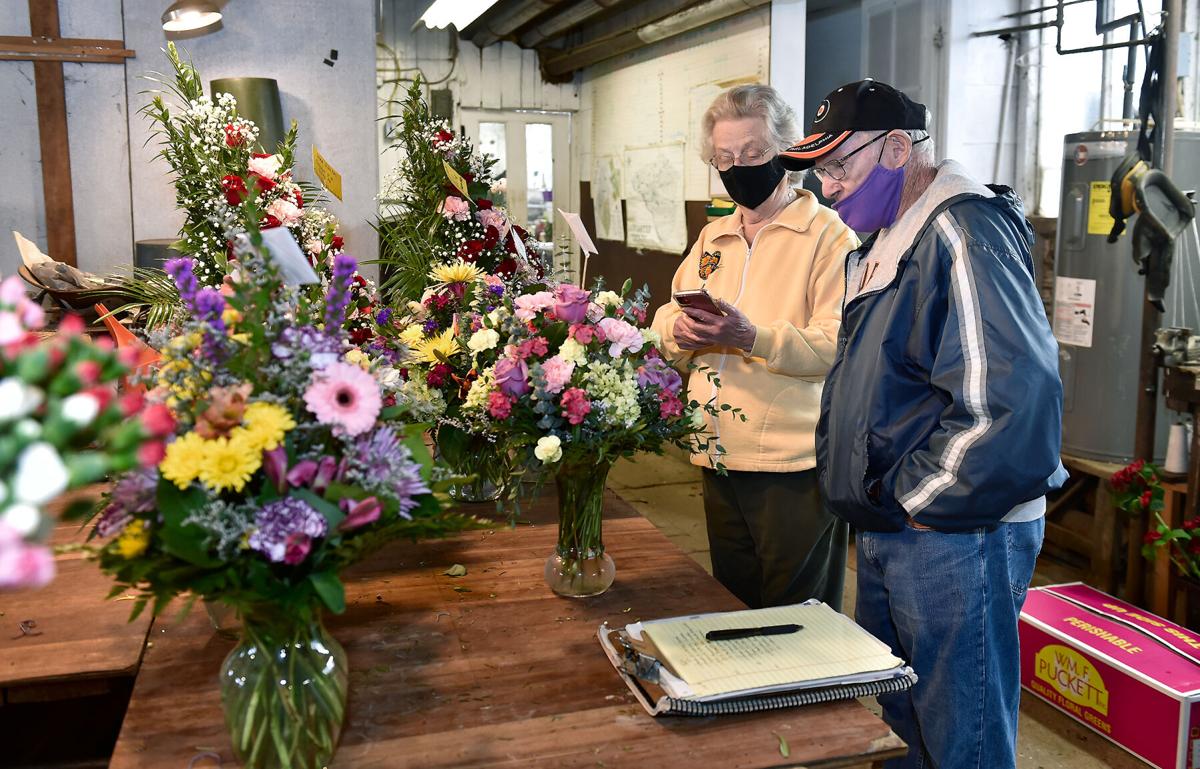
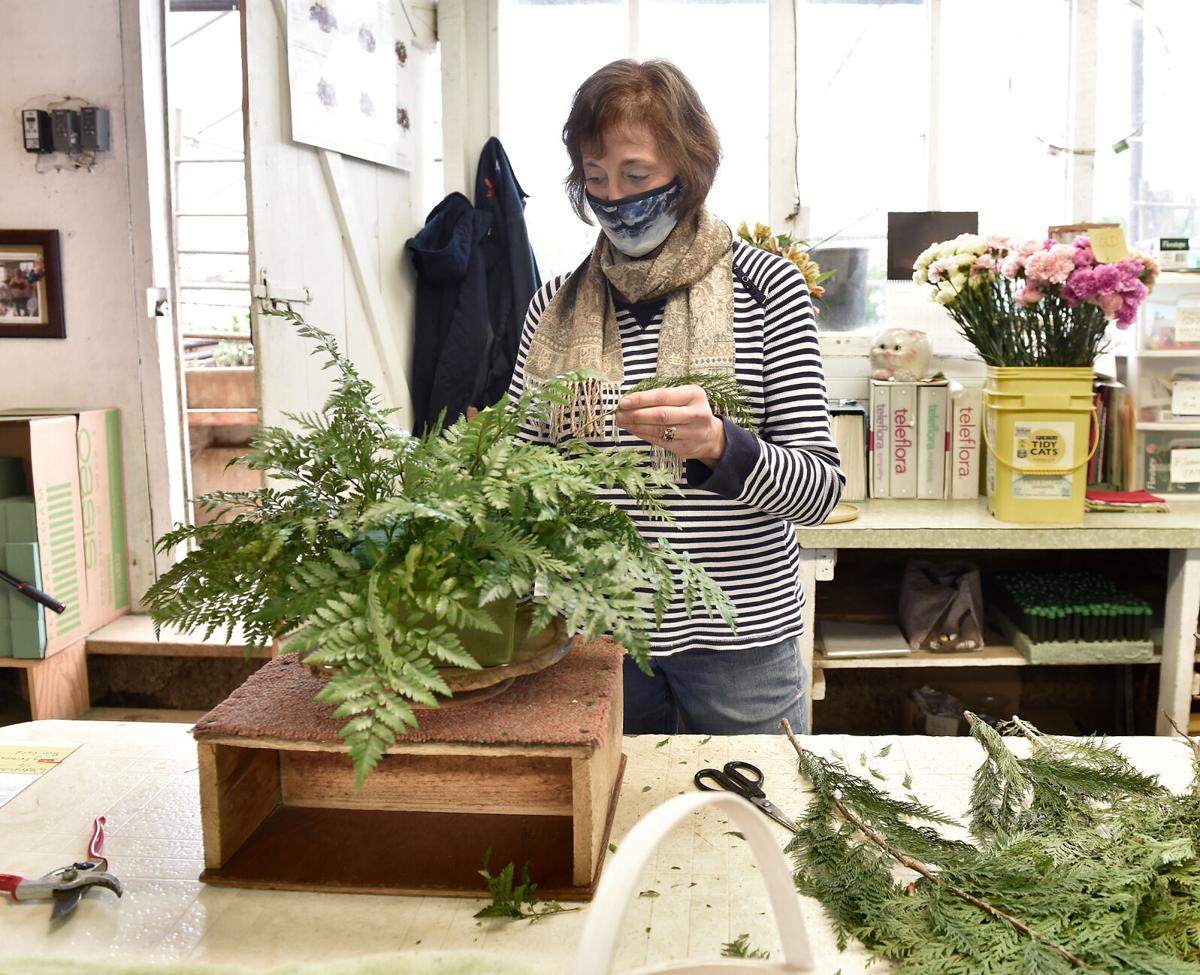
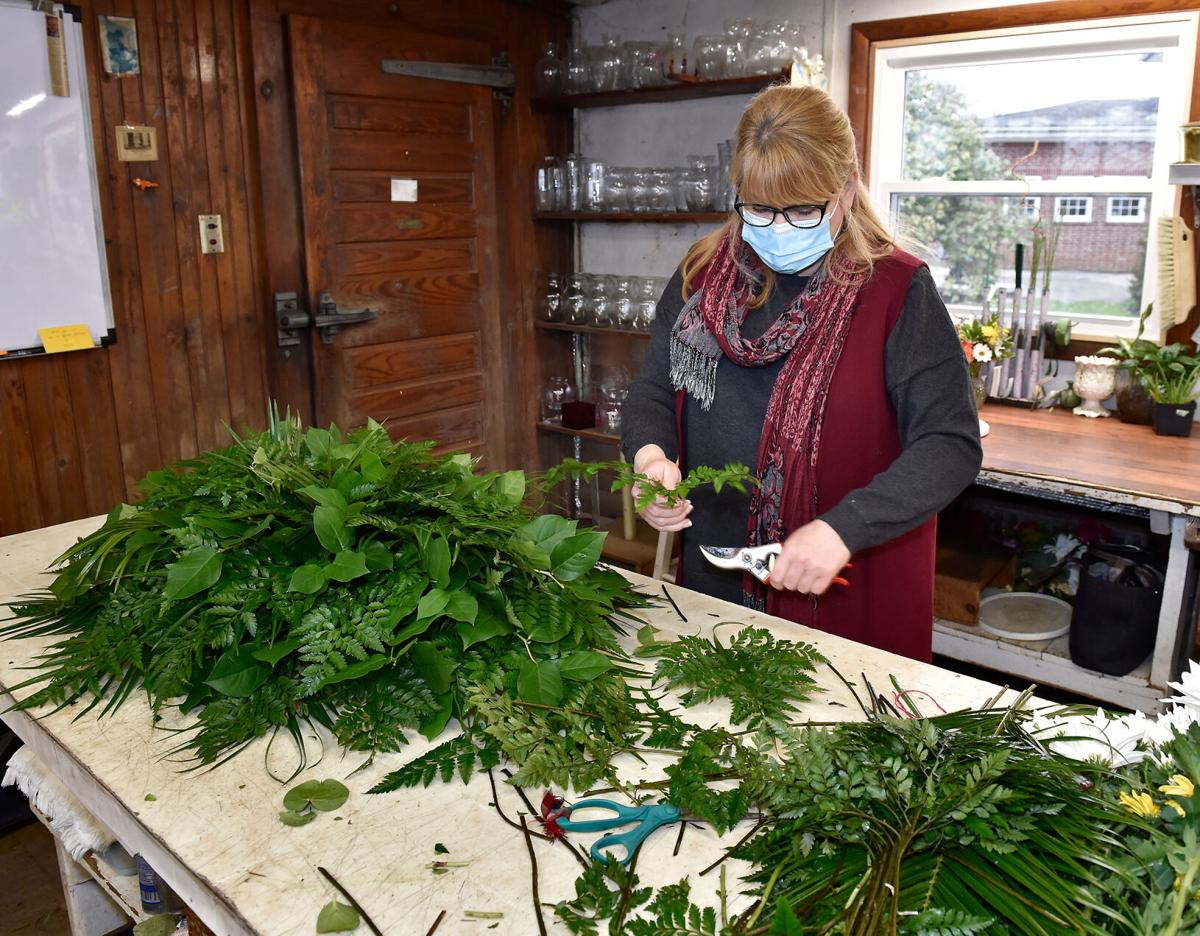


![Garden tours: Take 5 online visits to Lancaster County's biggest greenhouses [Video]](https://bloximages.newyork1.vip.townnews.com/lancasteronline.com/content/tncms/assets/v3/editorial/e/ee/eee6b192-2666-11e9-86ed-83ea02e77326/5c54b7aac7db1.image.jpg?resize=200%2C131)

No comments:
Post a Comment